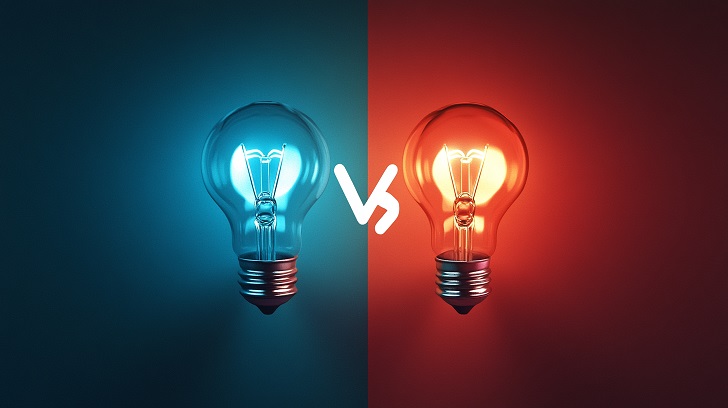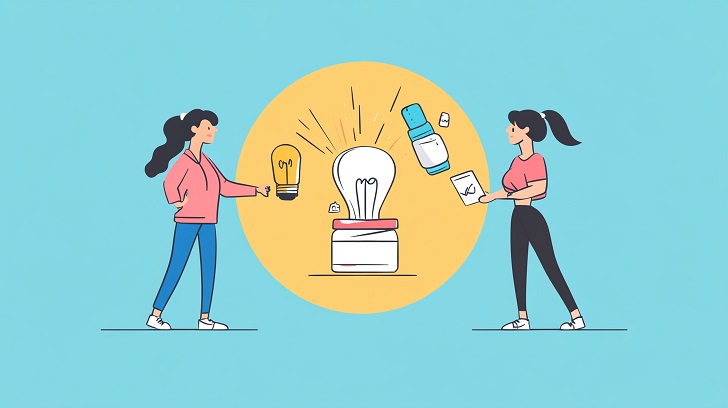In the competitive and fast-paced world of startups, time is a resource as valuable as capital. Entrepreneurs are constantly grappling with the question: how long should it take to build a Minimum Viable Product (MVP)? It’s a delicate balancing act between the urgency to hit the market and the necessity to offer something that effectively solves a problem. An MVP’s timeline can often determine a startup’s early success or serve as a precursor to its challenges.
Understanding the MVP Timeline
At its core, an MVP is the most basic version of your product that allows you to collect the maximum amount of validated learnings about customers with the least effort. The timeline for developing your MVP should be driven by the need to start the learning process as soon as possible.
The 30-Day Model: A Benchmark for MVP Development
Among seasoned entrepreneurs and startup mentors, a common consensus is that 30 days is an ample time frame to develop an MVP. This model serves as a potent strike point that balances speed with quality, giving enough time to ideate, design, test, and iterate. A CB Insights report reinforces the importance of this pace by revealing that 42% of startups fail due to a lack of market demand, necessitating the need for swift MVP testing and iteration.
Components That Dictate the MVP Timeline
Several key components factor into the time it takes to create an MVP:
- Market Research: Essential for aligning your product with user needs and market demands.
- Feature Prioritization: Identifying and prioritizing key features that solve core problems.
- Prototyping: Sketching out designs for the MVP.
- Development: Writing the code and building out the MVP’s functionalities.
- Testing: Ensuring the MVP works as intended and garners real user feedback.
Industry Insights on the MVP Development Process
According to a Startup Genome Report, having an efficiently developed MVP can increase a startup’s chances of success by up to 50%. It suggests making the necessary iterations based on initial user feedback within the first three to six months after launch. Furthermore, a Harvard Business Review study points out that successful startups tend to manage a robust development process that incorporates customer feedback regularly.
The Art of Prioritization in MVP Development
Building an MVP is not about creating a feature-rich product; it’s about strategic feature prioritization. A study by Alpha HQ found that 60% of features in digital products are rarely or never used. It stresses the importance of selecting the right features for your MVP that directly address customers’ pain points.
Best Practices for an Efficient MVP Timeline
To ensure you’re on the right track with your MVP timeline, consider the following best practices:
- Set Clear Objectives: Know what you want to learn from your MVP.
- Embrace Agile Development: Short, iterative cycles tailored to MVP creation can enhance efficiency.
- Engage in Continuous Testing: Gather user feedback early and often to validate assumptions.
- Implement User-Centric Design: Focus on solving real problems for your target audience.
- Seek Expert Guidance: Leveraging experienced partners like AutopilotNext can greatly accelerate your MVP journey.
Finding the Right Development Partner
A critical factor in the successful and timely execution of an MVP is choosing the right development partner. Companies like AutopilotNext specialize in transforming ideas into successful startups within 30 days, providing the expertise and resources necessary to navigate through the MVP process efficiently.
Utilizing External Credibility Boosters
Linking to external credible sources, like research studies and industry reports, can significantly bolster the credibility of your guidance on MVP timelines. A connection to a Gartner study or a Forrester research paper, for instance, could provide empirical evidence supporting best development practices.
Evolving Beyond the MVP
Once you have a viable product, the journey doesn’t end. The cycle of feedback, learning, and iteration is an ongoing process that shapes the future of your startup. Your MVP may be the foundation, but it’s the continuous improvement from there that defines your trajectory.
Conclusion
Building an MVP is a race not just against time, but against inefficiency and irrelevance. By proposing a 30-day MVP development timeline, startups are given a concrete benchmark to work towards. Mastery in MVP development is not merely about speed; it’s about smart speed — the ability to make fast, informed decisions that resonate with your targeted user base. As you embark on your product development journey, internalize these insights and best practices — and remember, every day spent on your MVP is a step closer to your startup’s success.




